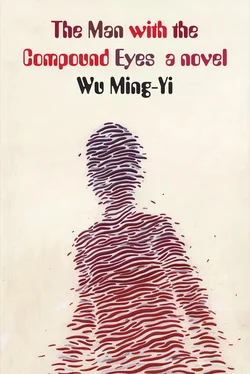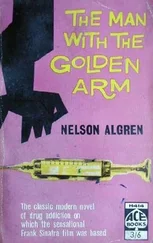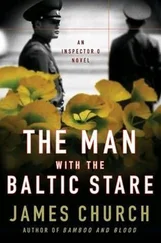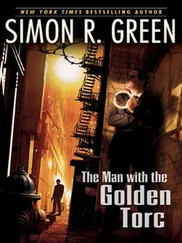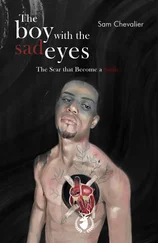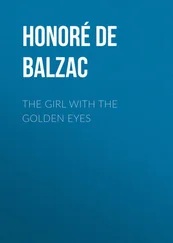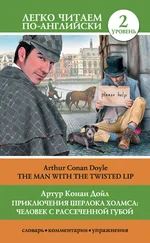Jung-hsiang Li picked them up at the airport. He was one of the engineers that had participated in the same tunneling project and the only one who knew about Detlef’s visit. When they first met Li had just gotten married. Now he was a man with a hoarse voice, thinning hair and a bit of a bulge, features which made him look older than his actual age. Back in the day, they had many e-mail discussions about the project in the year before Detlef actually came to Taiwan. They drew up a checklist for the superhard quartz-rich sandstone in the area and considered how to cope with crumbly strata and excessive groundwater inflows. Detlef’s final assessment was that the difficulties involved in digging the tunnel shouldn’t be insuperable, but it might not be worth the time and money: it was a cost-benefit issue. Jung-hsiang Li took the official line: the tunnel is feasible no matter what.
Detlef knew what this meant. On any project engineers like him were just moles. If he couldn’t get the job done he could get lost. But not even considering his remuneration, Detlef wanted to know as a mechanical designer whether a TBM could drill through the quartz-rich Szeleng sandstone along the route, which contained so much quartz it was basically quartzite. It had a Mohs hardness of between 6 and 7, when steel was only 5! The young Detlef was very confident. Except that the structure of the actual rock stratum might not be quite as “regular” as they imagined from the samples. They had the geological report on a trial borehole several dozen meters deep, but that was just scratching the surface for such a big mountain as this. The actual texture of the heart of the mountain was anyone’s guess. They would just have to improvise. But Detlef didn’t care about any of that. He embraced the challenge. Besides, why not give it a try when someone was providing the funding?
Except that groundwater inflows might be even scarier than the sandstone. If they penetrated a water-saturated layer during the drilling process, the groundwater would start gushing out, propelling massive amounts of muck at the TBM and causing machinery breakdowns or triggering cave-ins. As a preventative measure, Detlef recommended the addition of a chain-style conveyor as a way of getting the inflows out of the way. After all, any damage to the machine would compromise mechanical smoothness.
The factory team custom-built two 11.74-meter diameter hard-rock double-shielded TBMs. Even assembling such huge machines was an enormous undertaking that took several months all told. During that time, the most interesting time of day for Detlef was checking his e-mail for progress updates.
Not surprisingly, there were setbacks when the machine was put into operation. The rock was so hard that the cutters kept developing abnormal wear and tear, and if they were not replaced immediately the diameter of the borehole would shrink. Like a cat trying desperately to get its head into a hollow, the TBM would keep trying to nibble away at the face of the rock; once the outer shield got wedged in there, the machine could only wait helplessly for the workers to come to the rescue. According to the data Detlef received, during the worst of it the cutters had to be changed every 2.3 meters. Moreover, the inflows were much more serious than anticipated, causing frequent shutdowns even with the conveyor.
When Detlef saw the photographs of the site he had to admit that he had been overly optimistic. Detlef felt a bit depressed, while at the other end of the e-mail Jung-hsiang Li was still bursting with confidence. Engineers like Jung-hsiang Li, and the whole Taiwanese project team in fact, showed an amazing determination to “see the tunnel through.” Detlef fairly admired them for it, but at the same time, inexplicably, it frightened him.
Driving through the tunnel decades later, Detlef lowered the window to get an exact sense of the wind, temperature and artificial lighting inside. At the time, the workers had spent over a decade in a dark, dank cave that was cold in winter and muggy in summer. And the engineering team was up against Tertiary sedimentary rock, interorogenic fold and thrust belts, interstitial water trapped in the earth for tens of thousands of years, strike-slip faults, local normal faults, and eleven folded structures of varying dimensions. The tunnel was a great triumph, wasn’t it? Or had it all been an unnecessary waste? Detlef wanted to find a chance to ask Jung-hsiang Li how he felt about it now.
When he was younger Detlef would have described it as a triumph, no question about it. But these past few years he was not so sure. Now he often told his classes that each mountain had its own unique “heart.” “According to the data we had at the time,” he would say, “the infrastructural authority had dug fifty-nine trial boreholes, seven trial trenches and conducted twelve seismic profiles. It was a large-scale geological survey, but as a way of plumbing the heart of such a huge mountain as this it was all just speculative ‘dream interpretation.’ ”
Detlef would play footage of groundwater flooding the tunnel as a lecture supplement. That always made a big impression: with over seven hundred liters per second of groundwater flowing in, it was almost as if the mountain had resolved to get rid of the people who were probing its heart, for once and for all.
“You don’t get drowned ‘inside’ a mountain every day, now do you?” Detlef tapped the hollow-sounding lectern with his digital pointer. These new lecterns felt none too stable when he leaned on them. The solid wood lecterns they used to have were extremely heavy. It was always like this now: no attention to detail.
“My job is to design a tool that will bore through the ‘heart’ of a mountain.” Detlef looked his students in the eyes one by one. “But now I sometimes have my doubts. I wonder whether we shouldn’t just go around, especially when it’s a hill with a particularly complicated core. Going through a mountain to get from place to place as quickly as possible is one way of life, while going around is another. We thought we were making a scientific judgment, but actually we were making a lifestyle choice.”
Hearing such an accomplished professor express such sentiments, students were often speechless.
“Saving time apparently reduces certain costs, but actually the government had to put all that money into the project in the first place. Sometimes when you calculate the net effect it’s not necessarily worth it.”
“In that case, you’re out of work,” a smart alec would sometimes comment.
“Maybe I’d change occupation,” Detlef would reply. “Maybe I’d work as a dairy farmer or something like that. My father was a dairy farmer. We should all be able to think of another way to make a living, right?” He was sometimes not willing to admit how much he’d been influenced by Sara in saying such things.
One time Sara brought up an issue he had never considered before. For such a colossal undertaking, putting large numbers of personnel to work in a hellish environment, the technical difficulty of the project was not the only issue. The subtleties of human psychology seemed more important. Did the agency in charge of the project factor in the pressure put in one way or another on the people involved in its implementation? Were the workers, though unsung, given a hero’s reward? Or did they make just barely enough to put food on the table?
Detlef sighed. “But on any project engineers like us are nothing more than moles. If I don’t drill, someone else will,” Professor Boldt said, both to the students sitting below and to Sara.
Detlef would never forget what had brought him to Taiwan in the first place: after the TBM on the westbound tunnel had gotten stuck for the tenth time they’d determined that the cause might be muck flooding the body of the machine. Jung-hsiang Li and his elder brother Jung-chin filled him in on the details of the disastrous turn of events in the car. Jung-hsiang was newly married, Jung-chin single, but they were both outstanding tunneling engineers. They even looked alike: they both had single-fold eyelids and thinning hair, were of medium height and wore dark brown square-frame sunglasses and the same style of work coat.
Читать дальше
